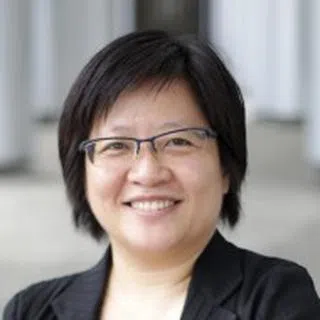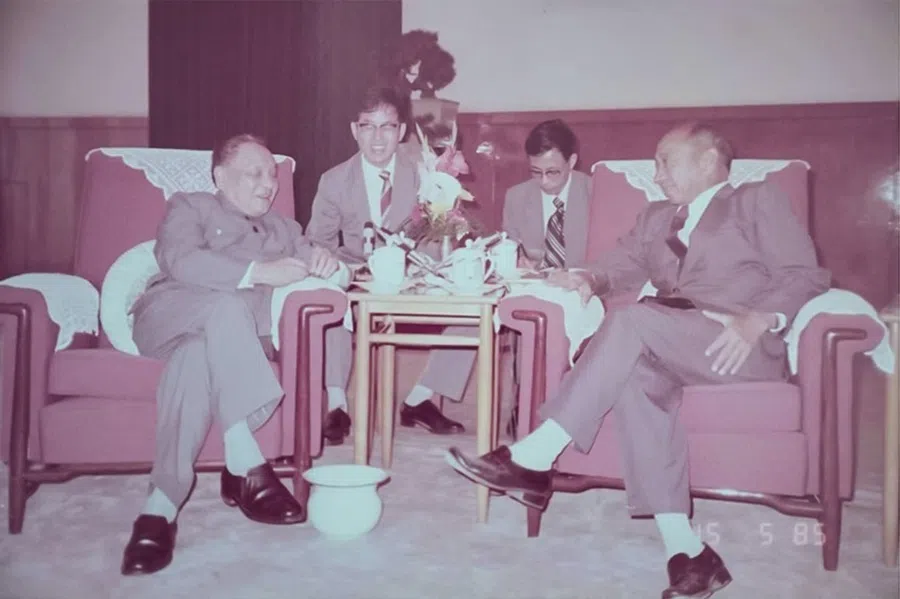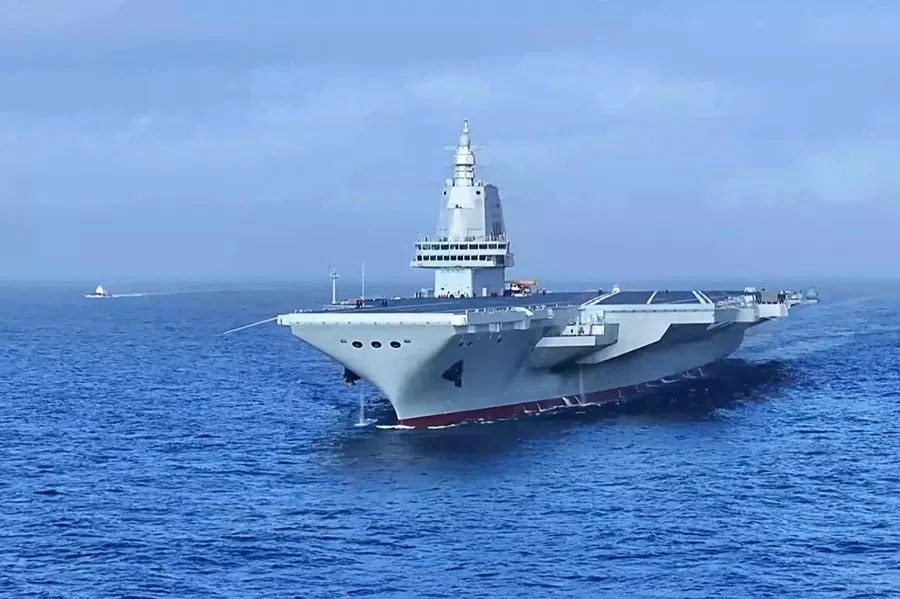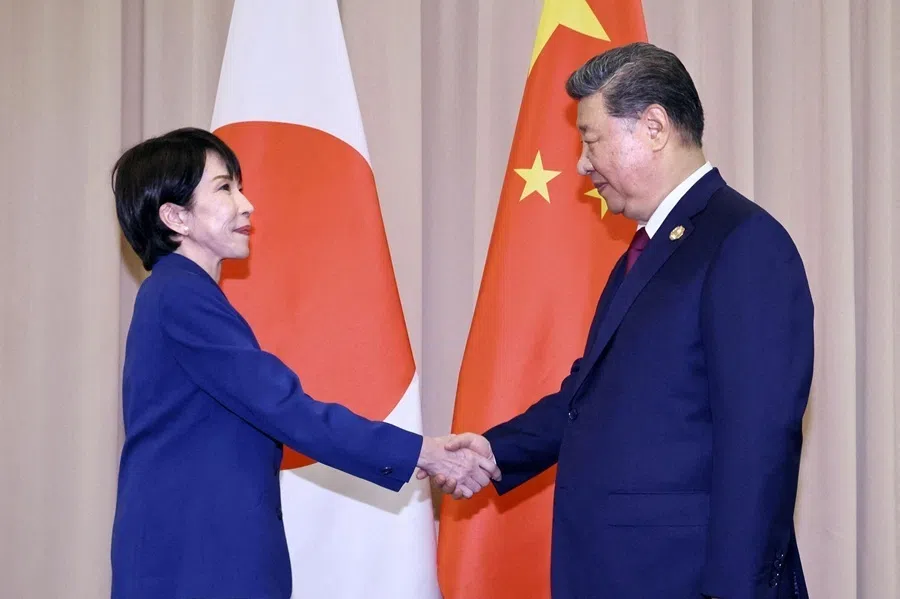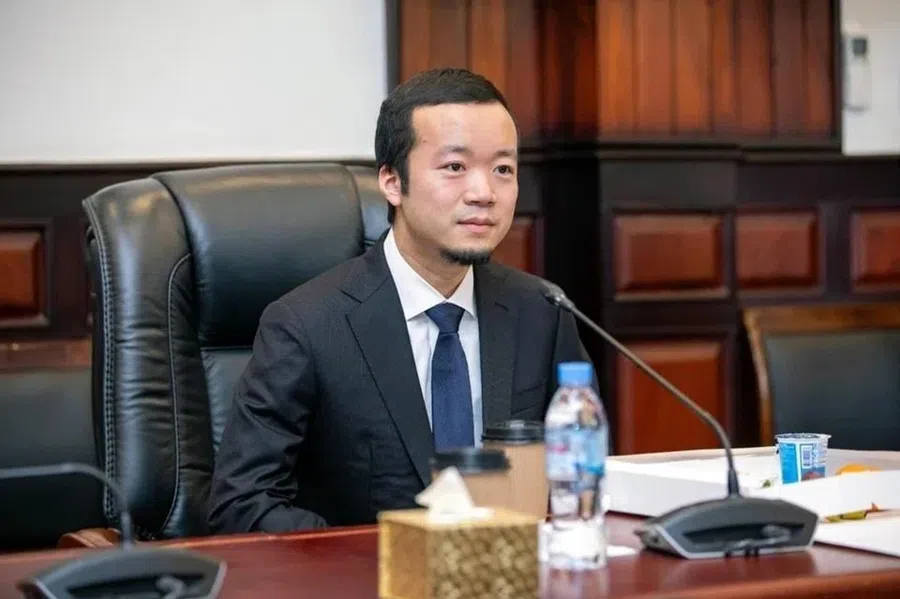[Big read] Kazakhstan's economic emergence amid US-China-Russia power struggle
Kazakhstan's development since gaining independence in 1991 has led it to become a leader in the Central Asia region. With much potential still waiting to be explored in this resource-rich country, Kazakhstan is walking a tightrope to balance its relations with the US, China and Russia. Lianhe Zaobao associate editor Han Yong Hong shares findings from her visit.
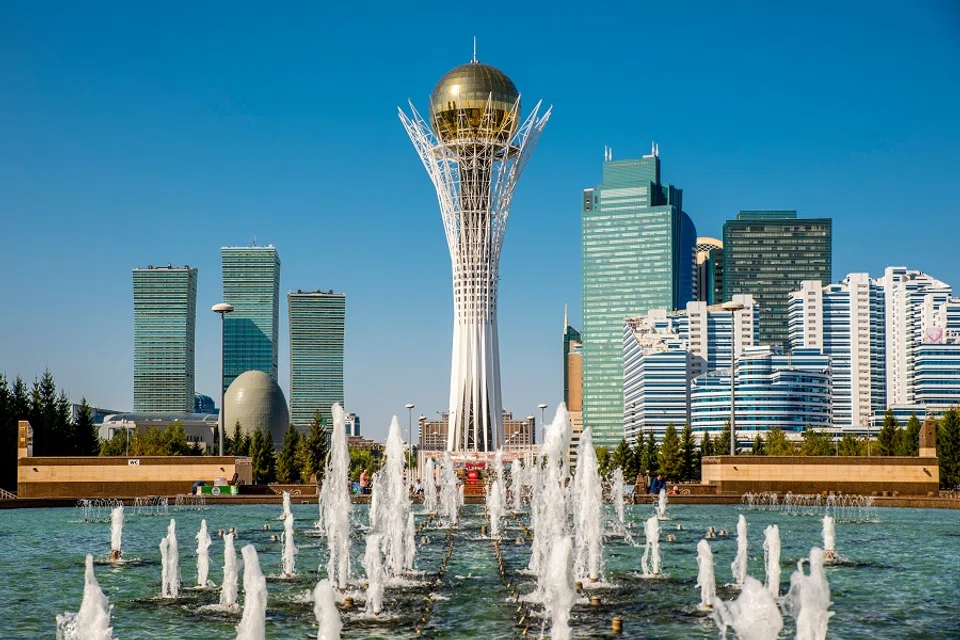
A common Kazakh saying goes like this: to manoeuvre between the Russian bear and the Chinese dragon, one must be as dexterous as a corsac fox.
The greyish-yellow corsac foxes are found in Kazakhstan, Uzbekistan, Turkmenistan and other Central and Northern Asian countries. Inhabitants of steppes and semi-deserts, the corsac foxes with their keen senses have adapted to cold environments and can go without water for extended periods of time.
The habitat of these medium-sized foxes has been said to reflect the delicate situation of the five Central Asian states caught between the two major powers of China and Russia.
Skyline and skyscrapers of 'Russia's backyard'
Little is known about the Central Asia region, a bridge between Europe and Asia, except that it is an inaccessible, sparsely populated region that was once part of the Soviet Union and became five independent countries - all of which are named with the suffix "-stan" - after the collapse of the Soviet Union.
Western mainstream media also pays little attention to this resource-rich region referred to as "Russia's backyard". While the US government has long viewed the region as a strategic buffer zone, China sees it as an important diplomatic space for westward expansion and has long explored cooperation possibilities with the region.
On top of sharing a 7,600-kilometre border with Russia, Kazakhstan also borders China's Xinjiang, and has steadily manoeuvred between Russia, China and the US for many years.
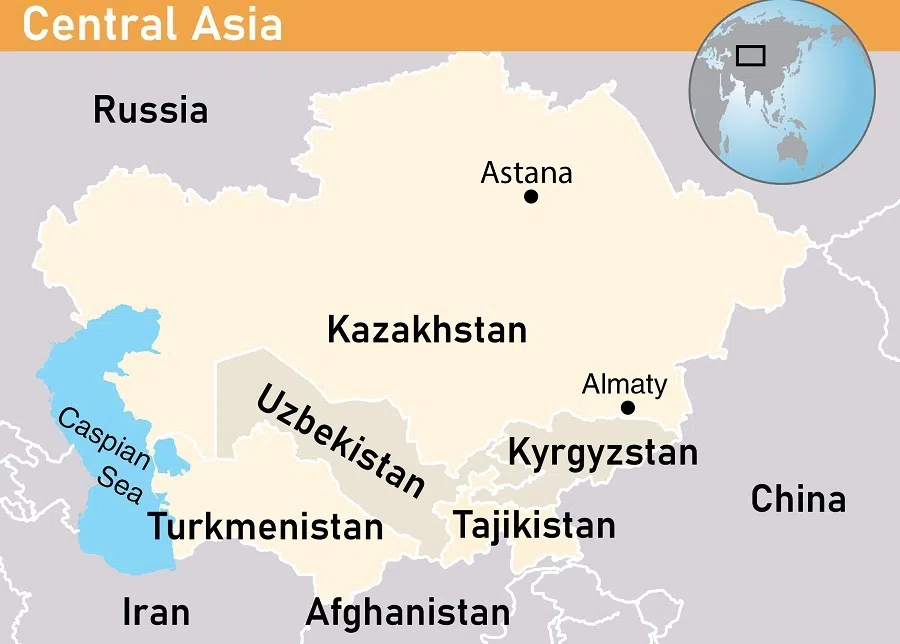
Situated in a highly contested area throughout history, the five Central Asian countries have sought balance and diversity in diplomatic relations since gaining independence, and accelerated their economic and infrastructure development over the last decade to promote regional economic integration.
While the Central Asia region has seen uneven development, it would be a rude awakening for anyone who assumes that the five countries are all backwards after looking at the skyline and skyscrapers that dot Astana, the capital of Kazakhstan, which is the leader amongst the five countries.
Roughly the size of Western Europe, Kazakhstan's economy is larger than the economies of the other four Central Asian countries combined, and is also the most adept at balancing its foreign relations. On top of sharing a 7,600-kilometre border with Russia, Kazakhstan also borders China's Xinjiang, and has steadily manoeuvred between Russia, China and the US for many years.
While Russian continues to be an official language in the country, Kazakhstan has engaged in military cooperation, such as training and exercises, with the US, the UK, Germany and other NATO countries in recent years, as well as maintaining friendly relations with China.
Chinese President Xi Jinping first unveiled the Silk Road Economic Belt concept as part of China's Belt and Road Initiative at Nazarbayev University in Kazakhstan in 2013, and Xi also visited Kazakhstan during his first foreign trip since the pandemic in 2022. Furthermore, Kazakh President Kassym-Jomart Tokayev previously served as a diplomat at the Soviet Embassy in China and is also fluent in Chinese.
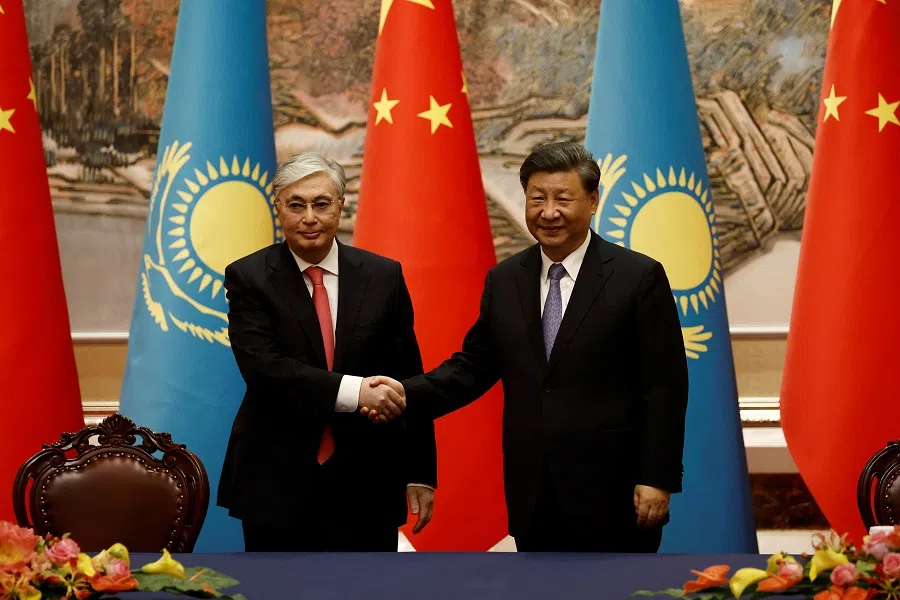
However, China-US rivalry and the changing geopolitical situation, coupled with the growing popular demand for political reforms, have made it necessary for Kazakh leaders to navigate the new situation more carefully. In fact, Central Asia is undergoing a tectonic shift, largely caused by the Russia-Ukraine war.
The shocking Russia-Ukraine war
"I am so shocked and in disbelief."
This was how several Kazakhstanis described the psychological impact of the Russian invasion of Ukraine. Malika, a 39-year-old Almaty resident, even said that she felt "hopeless".
Malika and her friends think that Russia's rationale for sending troops to Ukraine can also be applied to Kazakhstan. Speaking in both Kazakh and English, her friend said, "There are also ethnic Russian separatists in northern Kazakhstan who want Kazakhstan to become part of Russia again, similar to what is happening in eastern Ukraine."
The Western and Taiwanese public opinion's caution "Ukraine today, Taiwan tomorrow", is well known in East Asia. It changes to "Ukraine today, Kazakhstan tomorrow" in the context of Central Asia.
The Russia-Ukraine war has further strengthened their national identity and prompted them to reconsider the country's relations with Russia.
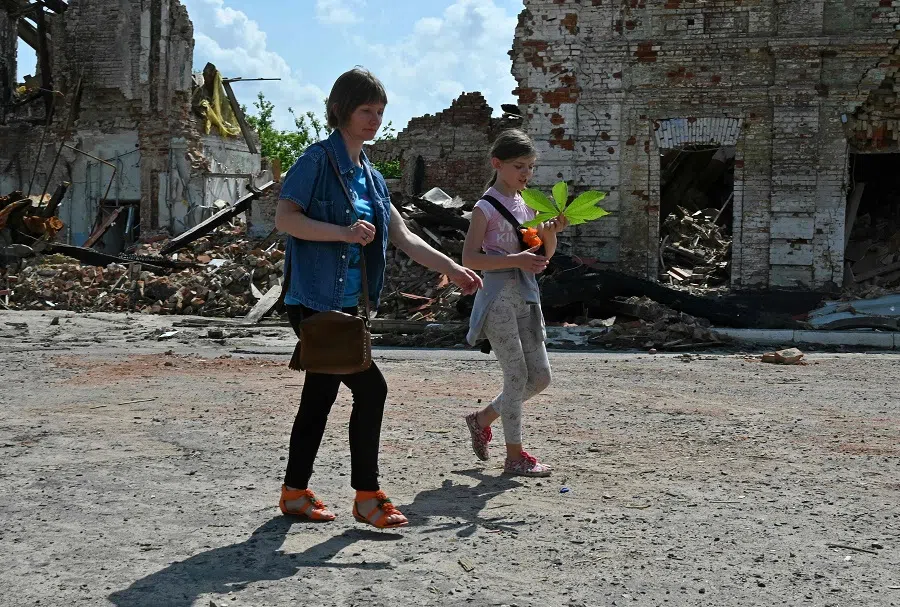
Notably, this warning came directly from Russian state media and even briefly appeared on former Russian President Dmitry Medvedev's social media account. The post was later deleted and attributed to "hackers".
Although the shock of the Russia-Ukraine war has relatively subsided in Kazakh society after a year, if one talks about the war with diplomatic elites, academics and youths, their disapproval is palpable. Nonetheless, diplomatic elites often take a more cautious stance to avoid directly criticising Russia, only reiterating that "many of their old assumptions about the international order were overturned last February".
But ordinary people are more forthright. The Russia-Ukraine war has further strengthened their national identity and prompted them to reconsider the country's relations with Russia. Malika told Lianhe Zaobao that some of her ethnic Russian friends had moved to Moscow before the war but refused to return to Kazakhstan even after she urged them to come back. She angrily said, "They were raised and educated in Kazakhstan, and yet they are saying that they can't turn their backs on Russia now!"
Kazakhstan's Soviet origins
Kazakhstan is a multiethnic country comprising 70% ethnic Kazakhs and roughly 20% ethnic Russians. At the same time, some older Kazakhs are still emotionally attached to the Soviet period, forming a stark contrast with the younger generation.
Yerkin Tukumov, director of the Kazakhstan Institute for Strategic Studies, told Lianhe Zaobao in mid-July, "It is crucial to note that the median age of the Kazakhstan population is 31.7 years. This means that the majority of the population were born after the dissolution of the Soviet Union and have little or no nostalgia for the Soviet period. Thus, they hold a different opinion on history and the future."
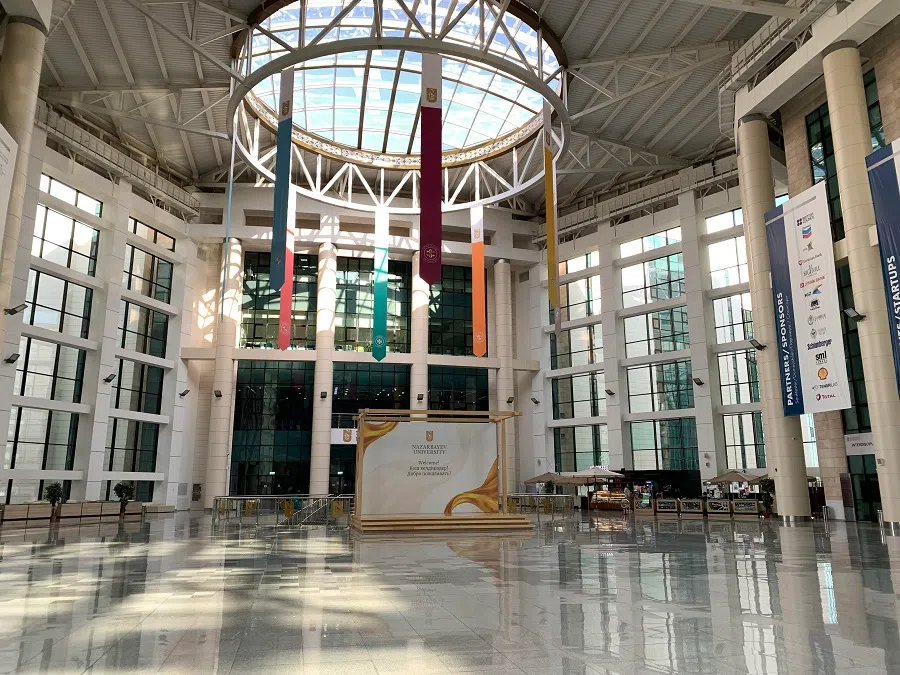
On the streets of Astana, two youths said to me, "We don't feel any sentimental attachment to the Soviet era, but my parents do."
Diana, a college student who goes by an English name, said, "My parents constantly tell me how wonderful the Soviet era was and that there was no need to find jobs since they were allocated, unlike now where everyone has to compete to find one. But it makes sense to me that it is more competitive now because there are more opportunities available."
She added, "My parents do make a slip of the tongue sometimes when they lament about the tough times in the past... Well, they can be quite self-contradictory."
Academics analyse that the older generation of Kazakhs experienced an extremely tough time in the early years of the country's independence following the collapse of the Soviet Union. Thus, they tend to reminisce about the good old times of the Soviet era. On the contrary, the younger generation feels strongly about the country's emergence from hardships in the early years of independence. A 38-year-old interviewee said, "When I was little, I didn't even have enough to wear, let alone food to eat."
After gaining independence in 1991, Kazakhstan introduced economic reforms and sent a large number of its elites to study in the West. Following which, thanks to its abundant natural resources, the country was able to develop within a generation.
To the right-wing Russians, these scenarios easily show American culture's strong influence on Kazakhstan, "just like on Ukraine".

Today's Astana is highly modernised, with its elites proficient in Kazakh, Russian and a Western language. Its policy strategy academics received their higher education in Europe or the US and have a broad perspective, its upper-middle class are able to appreciate the Italian opera Turandot at the opera house, while Japanese restaurants and Korean pop culture symbols can also be seen in the streets, with young people shopping online on Taobao and Pinduoduo, enjoying the advantages of internationalisation.
To the right-wing Russians, these scenarios easily show American culture's strong influence on Kazakhstan, "just like on Ukraine".
Revolution, political changes and reforms
In June 2022, Kazakh President Tokayev's speech during the Saint Petersburg International Economic Forum shocked the world.
In the presence of Russian President Vladimir Putin, Tokayev asserted that Kazakhstan will not recognise the so-called pro-Russian regions of Luhansk and Donetsk in Ukraine, which he referred to as "quasi-states". These remarks boosted the popularity of Tokayev, who not too long ago, relied on Russian troops to quell the protests in his country.
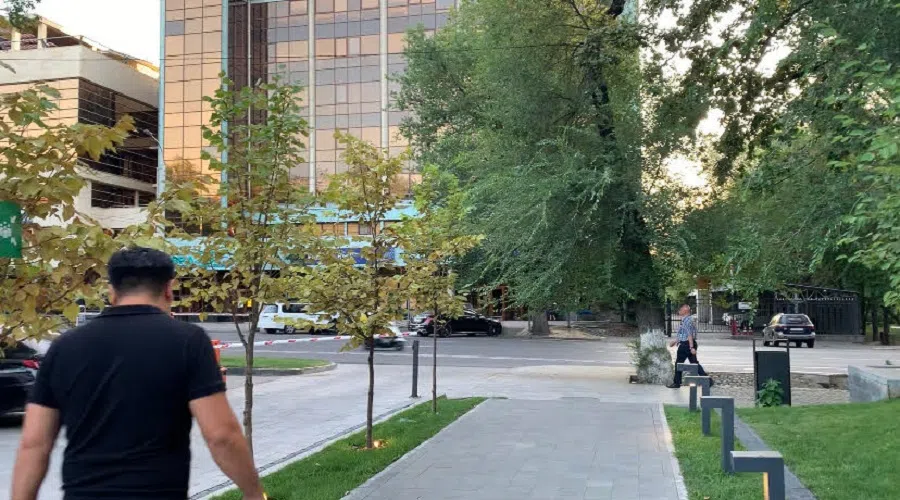
At the beginning of 2022, Kazakhstan witnessed its worst riots since independence, with protesters storming government buildings in Almaty and burning police cars. Left with no choice, Tokayev declared a state of emergency and asked for assistance from the Collective Security Treaty Organisation, which eventually quelled the rebellion with the help of Russian forces. Based on official statistics, over 160 people were killed and 5,000 arrested after the violent riots.
While the riots were triggered by the implementation of new regulations that caused fuel prices to double overnight, they also led to political demands. Protesters demanded founding Kazakh President Nursultan Nazarbayev, who had already stepped down from the presidency in 2019 but still retained power behind the scenes, to be completely stripped of his role.
The cause of the riots remains a mystery, with both Russia and China indirectly or directly pointing to a "colour revolution" instigated by foreign forces. Other commentators attributed the riots to the country's striking income inequality and the few powerful people pocketing the country's wealth.
As a result of these political reforms, Kazakhstan's political landscape resembles more to that of the West, but the majority of the people and academics said that these reforms are still theoretical at the moment...
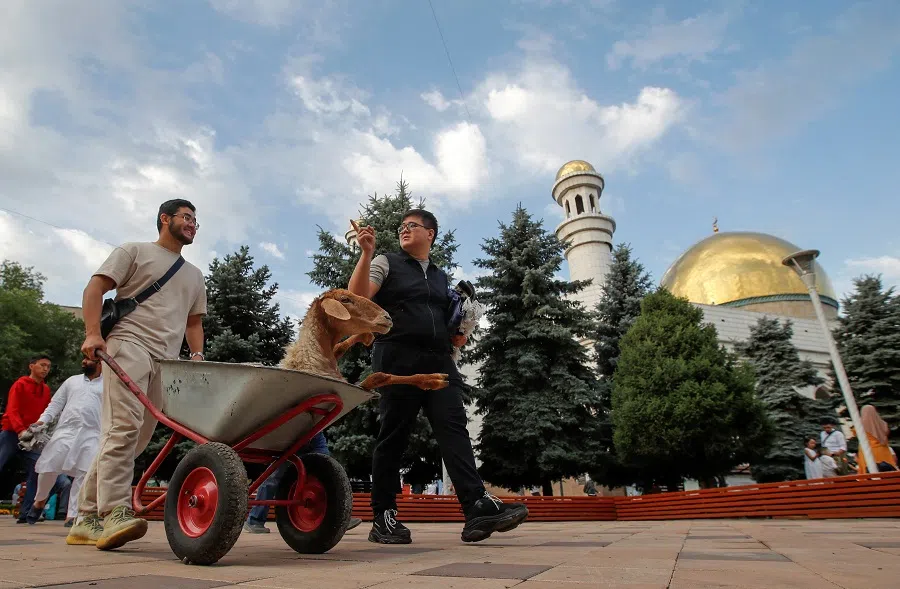
The outcome of the riots was the first actual transfer of power in Kazakhstan since its independence, with the purging of Nazarbayev's family from politics. In full command, Tokayev fast-tracked political reforms, including extending the presidential term to seven years but with a limit of one term; reducing the electoral threshold for political parties to enter parliament; and allowing independent self-nominated candidates to run for parliamentary seats.
Strategic balance important to China and Russia
As a result of these political reforms, Kazakhstan's political landscape resembles more to that of the West, but the majority of the people and academics said that these reforms are still theoretical at the moment, as the effects of the change are still hardly felt by the people. However, the government's implementation of electronic government services and the digitisation of tax payments have helped to track and prevent corruption.
While the US and Russia are closely watching Kazakhstan's reforms and social tendencies, China has also expressed concern over the riots, especially since Russian troops had quickly helped to quell them. These highlight that neither China nor Russia can tolerate a pro-US government in Kazakhstan, which would alter the existing strategic balance.
The 10,000 kilometres-long China-Central Asia natural gas pipeline runs through China and Kazakhstan, and the latter also shares a border with Xinjiang. Furthermore, Kazakhstan is also a key region for the implementation of the Silk Road Economic Belt, which is why Kazakhstan's stability is important for China.
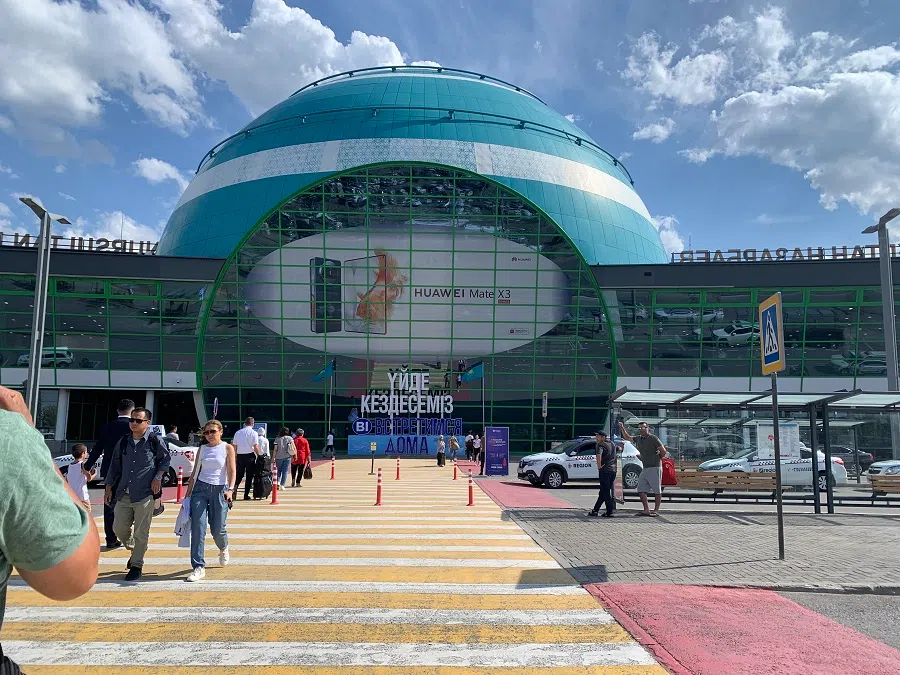
At the same time, Kazakhstan is also careful to avoid accusations of "de-Russianisation". While some Central Asian countries have reportedly stopped using Russian as an official language in parliament, the Kazakhstan parliament maintains the use of its two official languages, Kazakh and Russian. Tukumov, director of the Kazakhstan Institute for Strategic Studies, told Lianhe Zaobao that Kazakhstan-Russia relations are generally positive, it's only the "armchair critics" (客厅评论家) who are nitpicking.
Russia indispensable to Kazakhstan
Kazakhstan once suffered collateral economic damage from Western sanctions against Russia. Because Russia is Kazakhstan's biggest trade partner, the depreciation of the Russian ruble also affected the value of the Kazakh tenge. However, due to Russia's uncertain future, many Russia-based international companies have moved to Kazakhstan and Uzbekistan.
Zhang Ning, director of the Institute of Russian, Eastern European and Central Asian Studies of the Chinese Academy of Social Sciences, said in an interview that the Russia-Ukraine war has brought about increased uncertainty in Central Asia, reduced remittances from migrant workers, higher commodity prices, and brought forth the need for trade restructuring.
"There is also no need to worry about whether the country is falling into the West's or China's embrace because circumstances do not permit it." - Zhang Ning, director of the Institute of Russian, Eastern European and Central Asian Studies of the Chinese Academy of Social Sciences
But as Russia's influence wanes in Central Asia, the region has found more opportunities to cooperate with the US and Europe as well. Some Kazakh academics told me privately that among the five Central Asian countries, Uzbekistan is putting a lot of competitive pressure on Kazakhstan in terms of development, with Uzbekistan possibly replacing Kazakhstan as the leader of the region.
The US and European countries are also paying more attention to Central Asia, sending more delegations and increasing the number of investment projects in the region. This March, US Secretary of State Antony Blinken visited Central Asia for the first time during his term in office to attend the C5+1 Ministerial in Astana. Two months later, the first China-Central Asia Summit chaired by Chinese President Xi Jinping was held in Xi'an.
The international community is more focused on Kazakhstan for fear that it might fall into China's embrace. However, Zhang analysed, "Russia is indispensable to Kazakhstan - they know this very well. Just because there's more cooperation with the West now doesn't mean that it is abandoning Russia. That is impossible. There is also no need to worry about whether the country is falling into the West's or China's embrace because circumstances do not permit it."
He pointed out that Kazakhstan's economy has been affected by global oil and gas prices and is now looking to develop its processing and manufacturing industry to reduce its dependence on the resource-based economy.
Building a new, smart and international city with Singapore
Fifty kilometres from Almaty, Kazakhstan's largest city, sits the G4 City project jointly planned and developed by Singapore's Surbana Jurong consultancy company. The goal of the project is to construct a special economic zone that will house 2.2 million people and employ 1.1 million by 2050. The project aims to attract 3.7 trillion tenge (US$8.2 billion) in investment.
Behind the development of the G4 City lies a legendary figure - Caspian Group chair Yuriy Tskhay. He excitedly told Lianhe Zaobao, "I've worked 15 years for this project, travelling across Europe, the Middle East and China in search of partners. Finally, I came to Singapore via Hong Kong and that's where I found Surbana Jurong."
Tskhay recalled that the representatives of Surbana Jurong were the first foreign business delegation to visit the Almaty site in 2019. During the pandemic, Tskhay flew to Singapore to meet them at a special facility at the Singapore Expo with a glass panel erected between them.
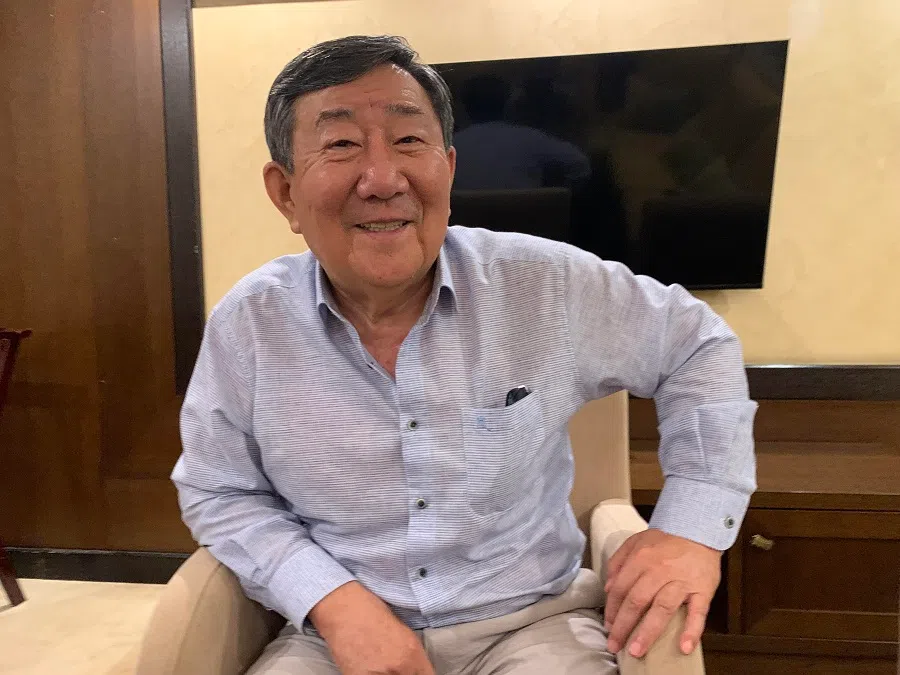
Seventy-five-year-old Tskhay is a cheerful old man of Korean descent. A boxing coach in his youth, he was in charge of training the Soviet national team that later went on to clinch the silver medal at the Olympic games. He was then invited to coach the Korean national team in 1989. On 27 August 1992, he returned to his motherland Kazakhstan, which had gained independence by then, and began his career as a businessman soon after.
Tskhay acquired a small bank and developed it into one of the best fintech banks in Kazakhstan, reaping a huge profit when he sold it off in 2006. He then purchased and accumulated large plots of land in the hope of developing satellite cities that would alleviate the overcrowding in Almaty.
Speaking in English, Tskhay said that he wants to build a new, smart and international city, and present the G4 City to Kazakhstan and its people as a tribute for providing a home to an ethnic Korean man like himself.
The G4 City is strategically located in close proximity to a big city already equipped with highways and railways, and is also near China.
Nina Yang, CEO of Surbana Jurong's development management arm SJ CityGlobal, is the planner of the G4 City project. She told Lianhe Zaobao that urban planning must be done with a long-term perspective, and the economy should be first on the priority, followed by the population and then infrastructure.
The G4 City is strategically located in close proximity to a big city already equipped with highways and railways, and is also near China. Following the participation of Surbana Jurong, the project is expected to cover 111,800 hectares, far exceeding the amount of land that Tskhay owns and 1.5 times the size of Singapore.
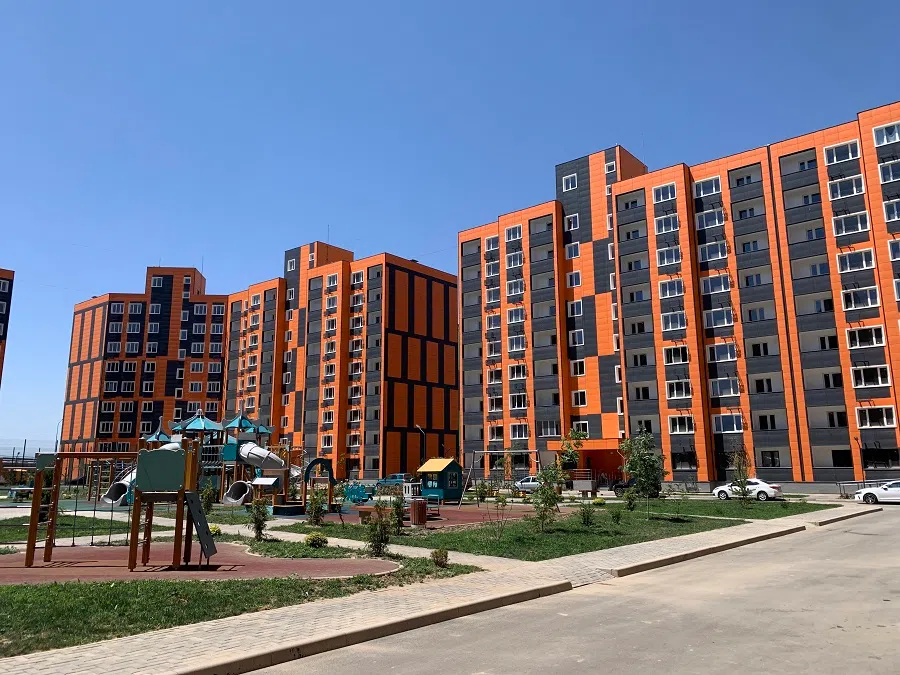
With the help of Tskhay, Yang presented the concept plan to the Kazakh parliament, government officials and the prime minister in 2020, and was also received by President Tokayev. The concept plan was eventually approved by the parliament, though the master plan's approval is still pending.
Yang has rich experience in urban planning for transitional economies. She is a "veteran" of Singapore-China projects, having participated in a number of landmark bilateral projects in Suzhou and Chengdu. She also served as chair of the Sino-Singapore Guangzhou Knowledge City.
Now, Surbana Jurong is responsible for the planning of the G4 City project as well as its development and management. The company has also suggested that the Kazakh government form a management committee to take care of the development of the new city centre. While the development period for the entire project is extremely long, with the right partners, investors can now start building small industrial parks within the framework of the overall plan.
To Tskhay, this is a dream come true. He even started learning English three and a half years ago to work with Singapore and is now able to converse in basic English.
He told me, "The next time you interview me, I will speak to you in English fluently."
This article was first published in Lianhe Zaobao as "增进与欧美中合作不"离俄" 中亚平衡手哈萨克斯坦的压力与魄力".
Related: China and Russia's shared interest in preventing a pro-US Kazakhstan | US, Russia and China using Kazakhstan unrest as a proxy | China's BRI carrots for Central Asia come with potential pitfalls | China and Russia compete for influence in Central Asia | Xi Jinping embarks on Central Asia visit amid a changed world | China strengthens its influence in Central Asia as Russia looks on
